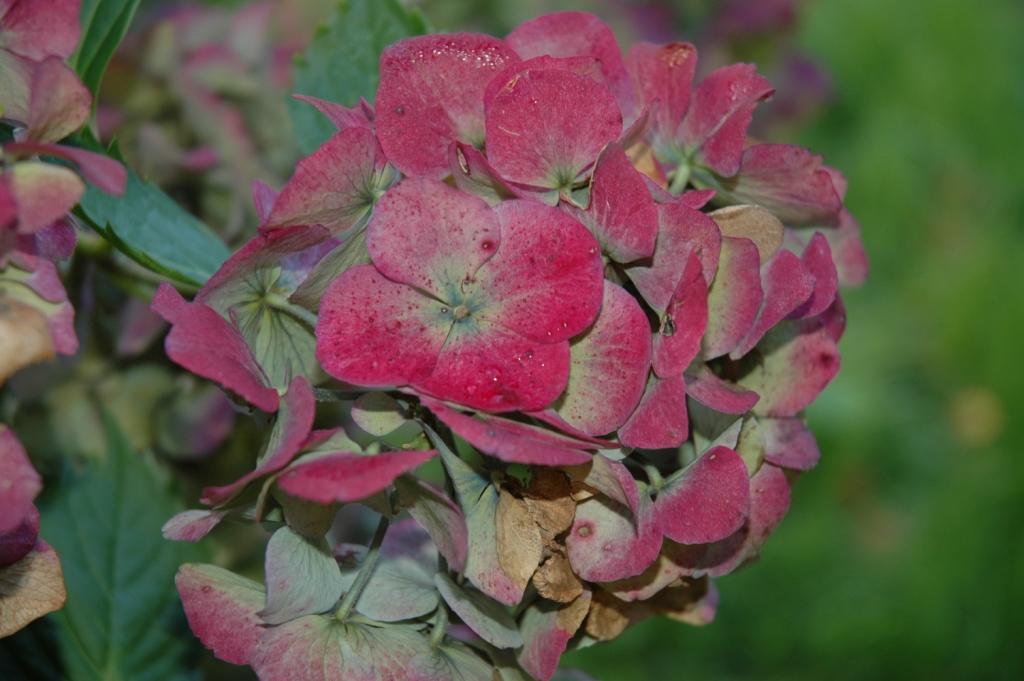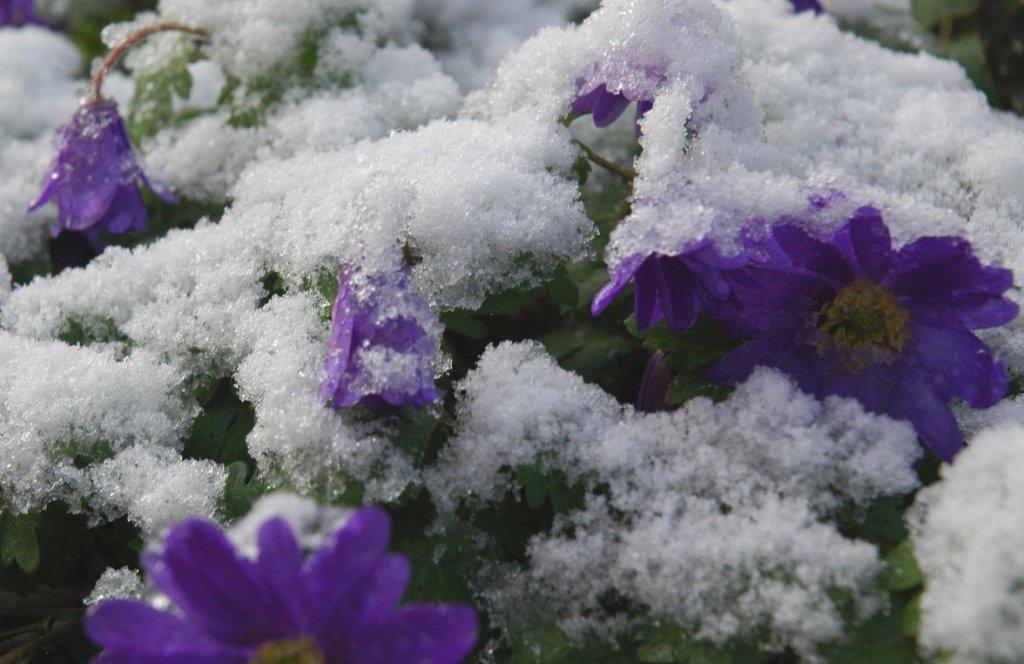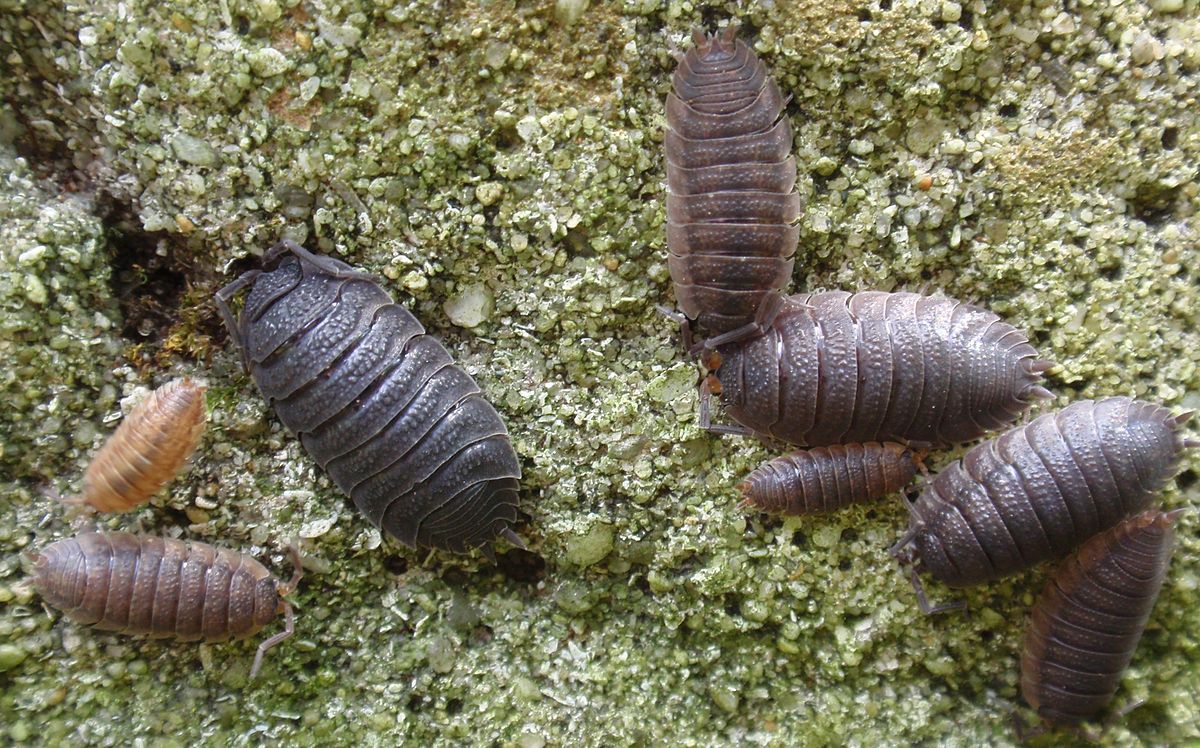Beautiful dried bouquets can be made with the faded flowers and stems of garden plants. Not everything is suitable, but with a little imagination a lot is useful. The spent panicles of the yarrow (Achillea millefolium) dry very well and then mix very well with the silver-shiny dollar plant (Lunaria biennis) and the bright red calyxes of Physalis (Phy
The large faded screens of the hortensia (Hydrangea macrophylla) lends itself perfectly to beautiful, very large bouquets. Especially the pink flowering variety gives a very nice result when dried: the individual flowers that make up the umbels take on all shades from a deep pink to a soft brown. A large number of flower heads together gives a beautiful effect. Of course, one hortensia in the own garden too few umbels; prove the neighbors (if of course they have a hortensia and want to be released from their umbels) a service: cut the spent flowers from the Hydrangea there too and add them to your own bouquet.

Flowers that are specially grown for dried bouquets must be picked for good results when they are just not open yet. After all, spent flowers fall out sooner. Pick the material to be dried in dry weather; this prevents rotting during the drying process. Wrap the flowers in small amounts in paper and hang them upside down in a dark place that is not too warm to dry. After six weeks, the flowers are suitable for the vase – no water of course.


